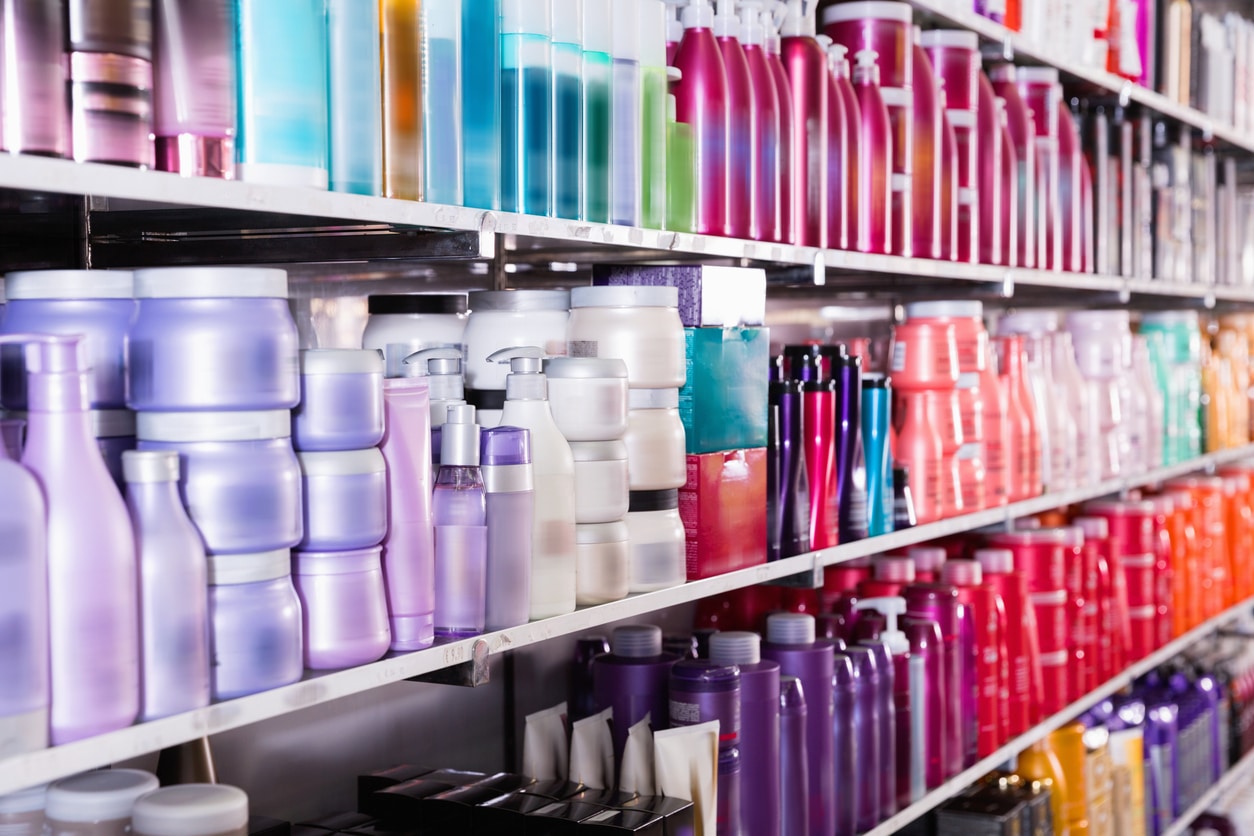
Microplastics and Microbeads: How To Distinguish the Two and Avoid Their Dangers
Microplastics and microbeads are at the forefront of environmental concerns, presenting challenges to sustainability efforts worldwide. These tiny particles — often invisible to the naked eye — originate from various sources, including cosmetics, clothing and the degradation of larger plastic items.
Their persistence and widespread distribution in ecosystems threaten marine life, disrupt food chains and impact human health. Addressing microplastics and microbeads is crucial for protecting the planet’s biodiversity and ensuring a healthier environment for future generations.
What Are Microplastics?
Microplastics are minuscule plastic particles less than five millimeters in length. Experts classify them into primary — directly manufactured cosmetics and industrial abrasives — and secondary, resulting from the breakdown of larger plastic debris. These pollutants come from various sources, including synthetic textiles, tire wear, single-use plastic bags and bottles.
The environmental impact of microplastics is profound, as they infiltrate marine and terrestrial ecosystems. They pose ingestion and entanglement risks to wildlife, disrupt food hierarchies and potentially enter the human body through consumption of contaminated seafood.
What Are Microbeads?
Microbeads are manufactured plastic particles found in personal care products — like exfoliants, toothpaste and cleansers — for their abrasive properties. Moreover, using microbeads has raised environmental concerns due to their contribution to plastic pollution.
These beads easily pass through water treatment systems, ending up in oceans and waterways where they threaten aquatic life and ecosystems. In 2015, over 8 trillion microbeads were washed into water systems daily.
In response to the growing awareness of their environmental impact, several countries have implemented legislation banning or restricting the use of microbeads in consumer products. These legislative actions push companies to seek biodegradable alternatives and demonstrate a commitment to environmental sustainability.
Distinguishing Between Microplastics and Microbeads
Primary microplastics are intentionally manufactured small plastics. Meanwhile, due to environmental factors, secondary microplastics result from the breakdown of oversized plastic items. On the other hand, microbeads are a specific type of primary microplastics designed exclusively for personal care and cosmetic products. Their purpose is as an exfoliating agent.
The environmental impact contributes to a growing concern among experts, indicating more plastic than fish in the ocean by 2050, if current trends continue. This alarming forecast highlights the urgency of addressing plastic pollution to protect marine ecosystems and biodiversity.
Strategies to Reduce Exposure and Impact
Consumers can take several, actionable steps to minimize their contribution to microplastic and microbead pollution. First, opt for personal care and cosmetic products labeled microbead-free, leaning toward natural or organic alternatives.
Second, you can reduce single-use plastics by adopting reusable bags, bottles and containers. This practice cuts down on secondary microplastic sources. Since each person creates an average of 4.51 pounds of municipal solid waste daily, decreasing reliance on plastic products can significantly reduce waste.
Third, you should wash synthetic clothes less frequently and use filters to catch microfibers to prevent them from entering water systems. Support and engage in local clean-up efforts to tackle plastic pollution directly.
The Power of Innovation and Technology
Innovation and technology are pivotal in addressing microplastics and microbeads. As such, there are various initiatives showcasing the potential for remarkable environmental impact. The green bond market issued $351 billion in 2023, highlighting the financial world’s growing commitment to sustainable development and environmental protection projects.
Innovations in biodegradable materials are at the forefront of this fight. They offer alternatives for breaking down debris naturally without harming ecosystems. Advancements in water filtering systems are another critical area, with new technologies capable of capturing microplastics at wastewater treatment facilities.
Moving Toward a Sustainable Future
Positive changes drive solutions for the microplastic and microbead problem and inspire hope for a sustainable future. For instance, significant milestones include developing biodegradable alternatives to conventional plastics and advancements in water treatment technologies to filter out particles.
These developments highlight the profound impact of informed consumer choices and collective action in driving environmental change. With a 27% increase in shoppers worldwide opting for sustainable products in 2022, it’s clear a shift toward ecological consciousness is underway.
This trend supports the growth of green technologies and encourages industries to adopt sustainable practices. It showcases the power of community and consumer advocacy in fostering a healthier planet.
Taking Action to Reduce Plastic Pollution
Taking steps to protect the environment and reduce your plastic footprint is more impactful and accessible than you might think. Each individual can make a difference in the fight against plastic pollution by choosing reusable alternatives, supporting sustainable brands and participating in local clean-up efforts.



Post a comment